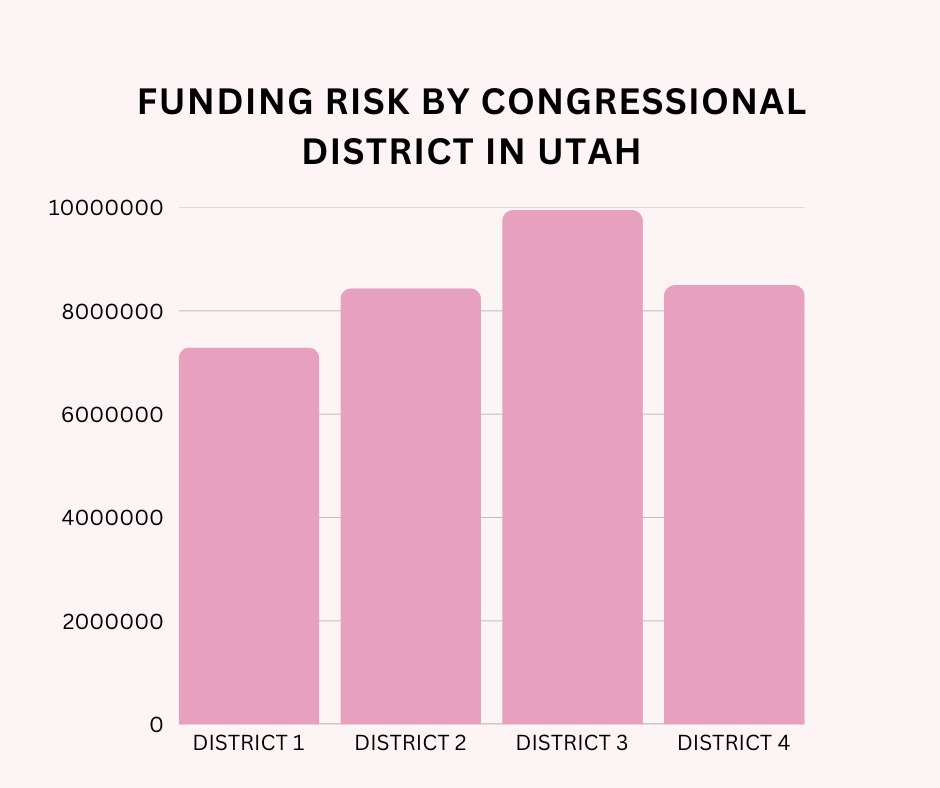Shutdown affects citizens
April 26, 2019
The shutdown began on December 21, 2018. It became the longest shutdown in U.S. history on January 12, 2019, when it surpassed 22 days. It ended January 25, 2019, at 35 days, when President Donald Trump and Congressional leaders agreed to a stop-gap spending bill.
Why does the government shut down in the first place?
An article posted by The Atlantic states, “In United States politics, a government shutdown occurs when Congress fails to pass sufficient appropriation bills or continuing resolutions to fund federal government operations and agencies, or when the President refuses to sign such bills or resolutions into law.”
Getting down to the nitty gritty of it, the Congress has until December 21, of each year to present a new budget plan to put money towards government operations and agencies. If they fail to do that, the President can shut down the government until a bill can be passed about the budget.
The Congressional Research Service (CRS) states, “In the United States Congress, an appropriations bill is legislation to appropriate, (which means to set apart something for its application to a particular usage) federal funds to specific federal government departments, agencies and programs.”
The New York Times published an article written by Niraj Chokshi stated, “About 800,000 government workers are living without pay, with more than half working and most likely being repaid once the government reopens and the rest sent home with no such expectation.”
Families all around the nation are affected due to the government shutdown.
Nancy Fields (real name withheld), a junior whose father works for the government said, “My family is made up of six people and it affects us because we were not getting paid for an entire month. It’s not like my family’s expenses go anywhere.”
Financial concerns are especially stressed when the government is shut down.
“It was getting to the point where my family had to start thinking long term financially,” Fields said. “Had the government stayed shut down longer we would have had to take out loans and that would have put us in debt even longer.”
Government shutdowns are often seen as inconvenient due to how many services are affected. Some of those include: Homeland Security, Justice, State and Treasury, and several agencies, including the Environmental Protection Agency and NASA.
While some services come to a halt, many are considered essential and some services stay open.
The CRS states, “in prior shutdowns, border protection, in-hospital medical care, air traffic control, law enforcement, and power grid maintenance have been among the services classified as essential, while some legislative and judicial staff have also been largely protected.”
Well over a million federal employees were affected and didn’t receive a paycheck during the most recent shutdown. Some were furloughed – sent home and told not to do anything related to their job.
Those deemed “essential” or “exempted” – such as security personnel screening passengers at airports or border patrol agents – were required to continue working at their jobs, although they were not receiving paychecks.
Atticus Codone (real name withheld), a sophomore said, “My mom is considered an essential worker and still has to go to work even without getting paid, it’s working for free in rougher terms and it’s disruptive and unfair to our life.” Although many federal employees are forced to be idle during a shutdown, they have historically received back pay.
While estimates vary widely, evidence suggests that shutdowns tend to cost, not save, money. For one, putting contingency plans in place has a real cost. The New York Times said, “if history is any guide, it ultimately costs more to have shut down the government than to have left it open.”
The U.S. economy lost at least “$6 billion during the partial shutdown of the federal government due to lost productivity from furloughed workers and economic activity lost to outside business,” according to S&P Global Ratings.
The good news is that most of the economic damage is expected to gradually be reversed as federal workers return to their jobs.
The bad news is that the shutdown is expected to make the U.S. economy 0.02% smaller than expected in 2019. “Even though most of the $6 billion losses will be recovered, an estimated $3 billion has been lost permanently,” according to the Congressional Budget Office. While the government shutdown has come to an end, the effects of it will remain.



